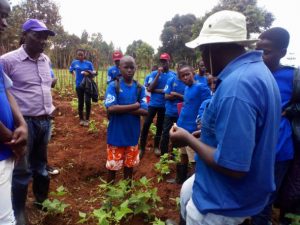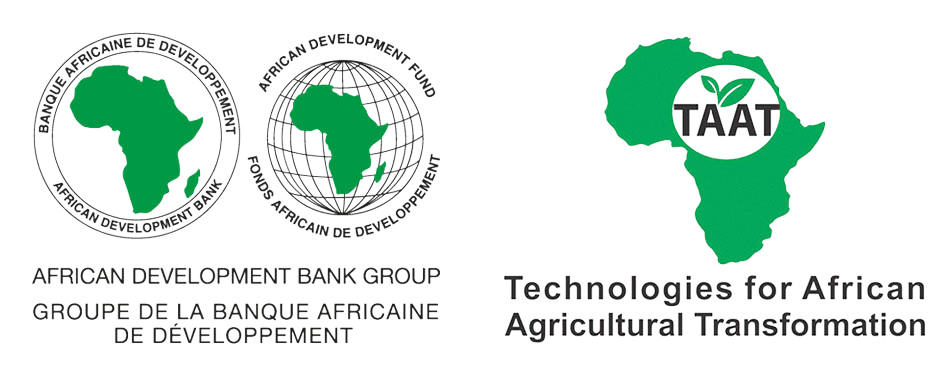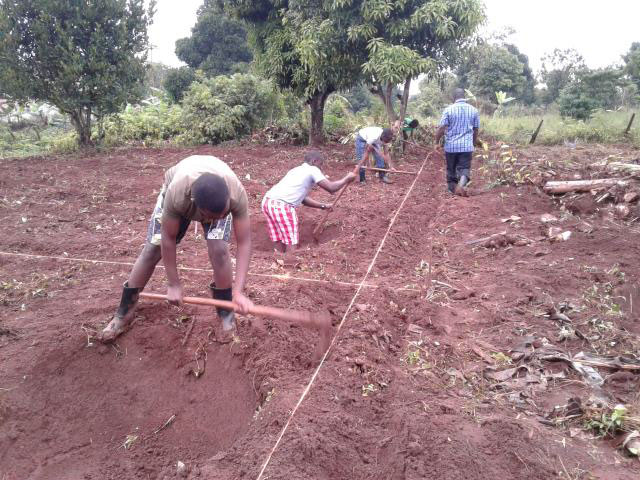Farm to folk: Engaging youth in bean growing in Uganda
Somewhere in Central Uganda, Wakiso District sits St Mary’s College Kisubi (SMACK) where teachers are doing amazing work by introducing practical agricultural lessons to their students. Most of these young students need to be guided and molded to realize that agriculture has a greater potential for their economic and nutritional wellbeing.
In November last year, SMACK hosted a team from the Technologies for African Agricultural Transformation (TAAT) who explained the value of high iron beans and how to cultivate the beans. The students are keen on adopting agriculture not only as an address to food security but as a source of income once they finish college.
Through their school club known as ‘feed the child’ where they are adopting agricultural skills to enhance food supply in the school especially for the students who realized the need to embrace agriculture in the school in order to feed students in the community who cannot meet the school’s meal costs, to engage youth in practical agricultural skills into practice from the lessons at school as well as engage parents, students and youth and teachers in the fight against hunger.
According to Uganda’s Demographic and Health Survey of 2016, about 2.2 million (29 percent) of Ugandan children under the age of five are stunted, meaning they are too short for their age. About 850,000 (11 percent) of Ugandan children under the age of five are underweight and a further 300,000 (4 percent) are too thin for their height.
“If we are to do something about such ugly statistics, then we need to involve the youth in agribusiness. When we get these educated and energetic youth in the production processes, then we shall be able to increase science in production and grow food that feed our people and export the excess for higher income,” said Mr. Ronald Ddungu, the Deputy Head teacher who guides the students in the agriculture programme at the school. He is also a member and the contact person of the High Iron Bean (HIB) compact TAAT platform in Uganda.
With the help from the visiting TAAT team, SMACK students were able to set up demonstration gardens of HIB and trained a few of the students who will teach the rest of the students.
Dr. Stanley Nkalubo, head of Bean programme at the National Crop Resources Research Institute (NACCRI) who accompanied the TAAT team to the farms at SMACK, confirmed the institution’s support in setting up bean gardens in schools and to teach the students the business of beans.

On the business side, it is approximated that an average 500kg per acre of seed multiplied by the school’s 168,370 acres will yield 84,185 tonnes of beans. Each home that producers approximately 500kg of bean is likely to earn UGX 1,250,000 for each kilo of bean sold at UGX2,500. This paints a very great picture as the students will be able to make money out of bean as well as help feed the other students in the school from the surplus.
‘This is the very reason why as teachers we need to relate what we teach to the real world scenario and allow the students to help come up with solutions especially on food security gaps.’ Mr. Ddungu added.


